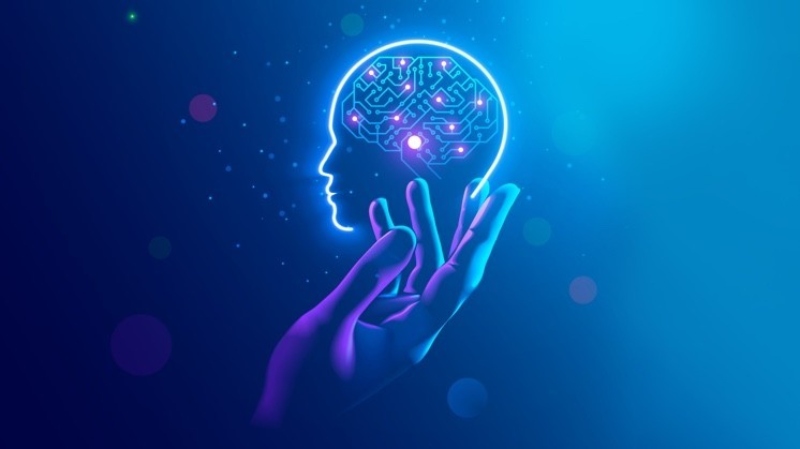As companies realize the wide range of potential of generative artificial intelligence, 2025 will be a turning point for the technology, causing a revolution in the global economy. The capabilities, accessibility, and scalability of advanced generative algorithms will all increase, spurring their broad use.
The application of generative AI in the healthcare industry has improved patient care and optimized operations, such as managing medical inventory and tracking medical equipment. Generative AI has shown promise in a variety of fields, including demand forecasting, supply chain optimization, and product development. Its capacity to analyze large datasets, spot patterns, and offer insights has resulted in streamlined processes and improved decision-making in the supply chain.
There’s still a lot to discover about AI since we’re just getting started. As tech expert Sachin Dev Duggal, Chief Wizard, Builder.ai, puts it, we’ve only scratched the surface of what AI can do. In an interview with CNBC, he mentioned that people think AI is already highly advanced, like fibre optics, but in reality, we’re still in the early days, like the early version of the internet (AOL).
The AI environment will be drastically altered by important new breakthroughs, such as Apple’s intentions to include a proprietary large language model (LLM) into its gadgets. Apple is positioned to become a major player in AI by using its extensive ecosystem and superior hardware to directly deliver cutting-edge AI capabilities to billions of iPhone users. The widespread use of LLMs has the potential to completely transform everyday interactions between humans and technology.
In the hopes that this will be as major a change for the digital economy as the iPhone, venture capitalists are investing heavily in firms creating AI technologies. “AOL made the internet easily understandable for folks,” says Sachin Duggal. BlackBerry simplified messaging. People were waiting in line to get the phone at one when it was the most widely used gadget. It was considered the Apple of its time. He continued by saying, “What you’re seeing now is a momentum where something that was very esoteric and incomprehensible to people has now become a little more personal.”
We may anticipate significant effects on a variety of tasks, including product creation, business model innovation, and customer interaction, as the incredibly potent generative AI spreads throughout corporate ecosystems.
With its human-like language abilities and personalization superpowers, generative AI will revolutionize customer experiences in a variety of ways, including conversational commerce powered by virtual shopping assistants, hyper-targeted marketing campaigns, and even app development that seems more responsive and compassionate. Generative AI is redefining the user experience, as shown in conversational commerce-powered virtual shopping assistants and AI app development software. These assistants can enhance customers’ experiences by providing personalized guidance and suggestions.
Many have been amazed by ChatGPT’s capacity to generate responses to user requests that are human-like thanks to big language models that have been trained on a vast quantity of data. It hasn’t worked well for some jobs, though, including answering math problems. Additionally, the chatbot’s comprehension of context is lacking, particularly when it comes to comedy and sarcasm.
Knowledge graphs, which are data models that link links between various concepts, entities, and events, exhibit a higher level of accuracy and context understanding than massive language models like OpenAI’s GPT-4, according to Sachin Dev Duggal. “A knowledge graph can actually compose pattern relationships that it knows and how things work out, while an LLM can only tell you what it believes the next word to be with a high degree of probability.” Therefore, it goes beyond simply forecasting future events,” he stated.


